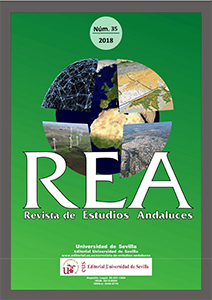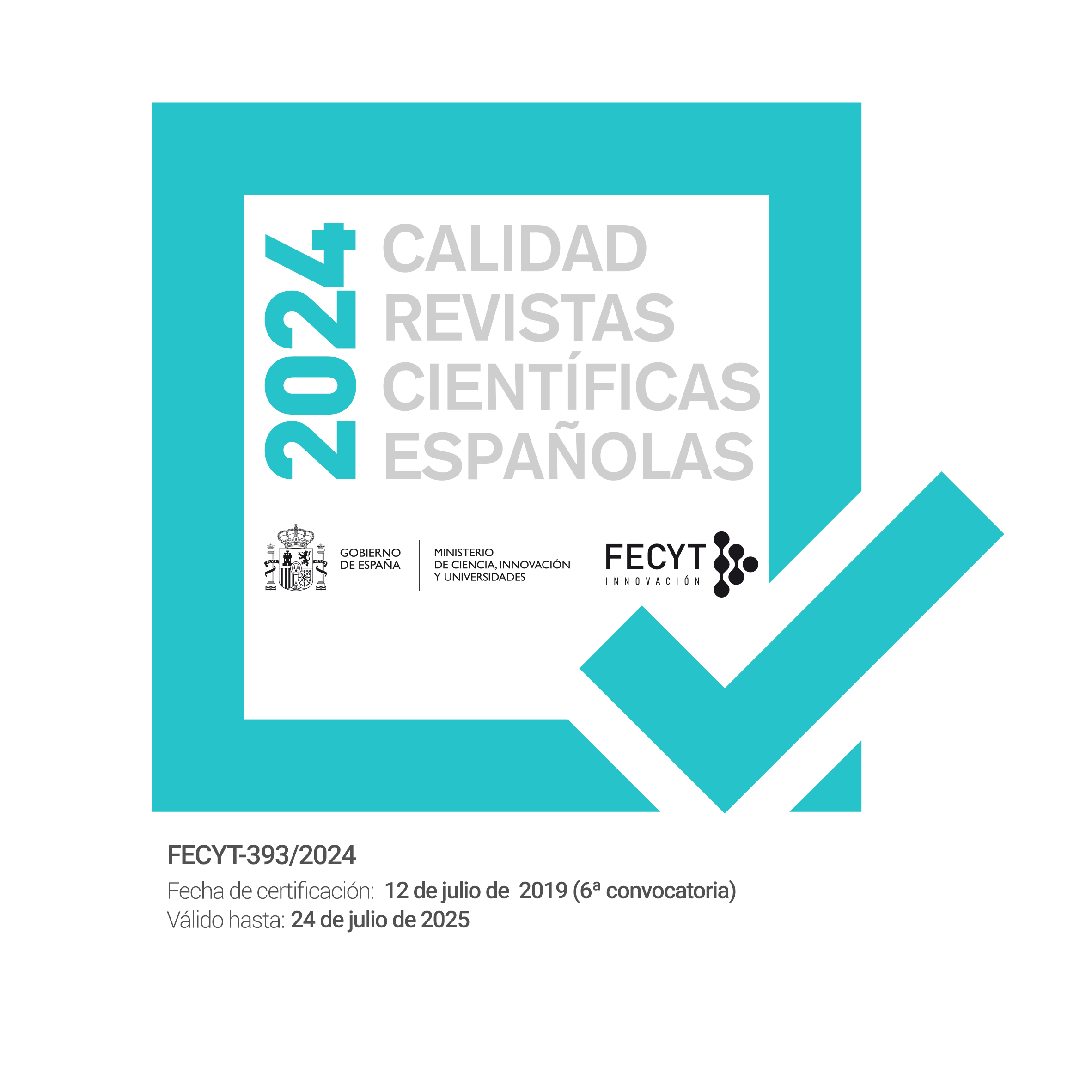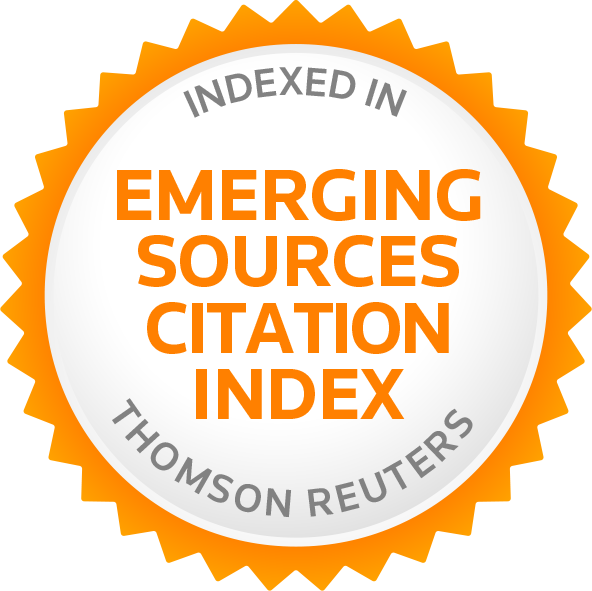Modelling Mortality from Self-Reported Health and Disability Data: A Multi-Scale Report from Ireland, 2011-2016.
Palabras clave:
Mortality, morbidity, spatial patterns, modelling, IrelandResumen
Relationships between mortality and morbidity are long established within geo-spatial modelling and GIS-based analyses. While there has always been a strong associational relationship between the two measures, this has been less tested at an aggregate areal scale than one might expect. From a geographical perspective this has been in part because access to data at meaningful spatial scales, especially for mortality, can be difficult.
This paper presents newly collected data from Ireland on mortality and maps cross-sectional associations with self-reported health and limiting long-term illness and disability conditions (LLTC) for the first time at an intermediate level geography. Data is also available for two different time-periods from administrative records and from five-yearly censuses. Mortality data was collected at a newly-created intermediate level geography (IA, n=410, average population=10,900) while the self-reported health/LLTC data was collected at a long-standing administrative scale (ED, n=3409, average population=1,350). Given there was a nested relationship between the two scales, redistricting techniques were used in GIS to enable direct comparisons. Mortality data was available for all deaths (SMR) and premature death (ASR), as well as for four different causes of death. Self-reported health was mapped in three ways; as a combined rate for poor health status; as a weighted health score and as a combined rate for LLTC. The associations were derived from correlation/regression modelling at the smaller IA scale. The results identified that the associations were statistically significant and of mixed magnitude, but had relatively low r-squared values. The associations were strongest for premature (under 75) mortality, while additional correlations for cause of death were lower again. From this, we concluded that the self-reported health/LLTC statistics, while of some potential explanatory value, were not especially useful as predictive variable. Suggestions for improvement would be to weight the self-reported health data by age and additionally to take into account deprivation as a second explanatory factor operating within cross-sectional work. Finally, modelling at different spatial scales might act as a useful guide for comparative analysis in Andalucía and other regions of Spain, where spatial scales may be similar in terms of size and scale.
Descargas
Descargas
Publicado
Cómo citar
Número
Sección
Licencia
La edición electrónica de la Revista de Estudios Andaluces se ofrece en acceso abierto desde el número 28 publicado en 2011 hasta la actualidad. Las ediciones impresa y electrónica de esta Revista son editadas por la Editorial de la Universidad de Sevilla, siendo necesario citar la procedencia en cualquier reproducción parcial o total.
La Revista de Estudios Andaluces no cobra tasas por el envío de trabajos, ni tampoco cuotas por la publicación de sus artículos. La Revista es gratuita desde el momento de la publicación de cada número y sus contenidos se distribuyen con la licencia “CreativeCommons Atribución-NoComercial-SinDerivar 4.0 Internacional” , que permite al usuario de la Revista de Estudios Andaluces criterios que cumplen con la definición de open access de la Declaración de Budapest en favor del acceso abierto. Puede consultar desde aquí la versión informativa y el texto legal de la licencia. Esta circunstancia ha de hacerse constar expresamente de esta forma cuando sea necesario.







